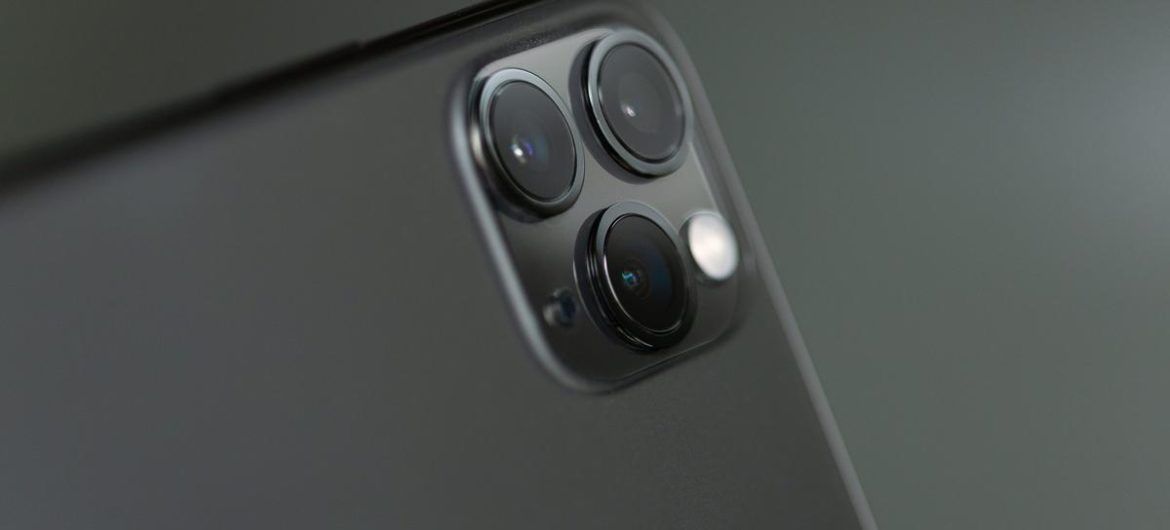Apple has released its public beta of iOS 14, allowing anyone to get hold of the software update early.
The new iPhone software includes a range of new features, including a redesigned home screen and changes to some of the core apps.
It is not expected to be fully released until the autumn, when it will arrive alongside the new iPhone 12.
But the public beta programme allows people to use the software early, in return for providing feedback on any problems or bugs they encounter with the software.

As such, users are warned that there could be unexpected issues on any devices that are running iOS 14, and that it may not be safe to rely on it for any of the most important devices.
“Please note that since the public beta software has not yet been commercially released by Apple, it may contain errors or inaccuracies and may not function as well as commercially released software,” a warning on the beta site reads. “Be sure to back up your iPhone, iPad, or iPod touch and your Mac using Time Machine before installing beta software. Since Apple TV purchases and data are stored in the cloud, there’s no need to back up your Apple TV.
“Install the beta software only on non-production devices that are not business critical. We strongly recommend installing on a secondary system or device, or on a secondary partition on your Mac.”
The release of iOS 14 this year does appear to be particularly stable, with few major bugs reported in the software. But the nature of beta releases is that they are always in development, and so problems may nonetheless arise.

Users can join Apple’s beta programme by heading to the devoted page, and signing up using their login. Once that is done, the phone or other device will be able to download a profile that will then allow it to download the update as if it was any other software, and iPhones will be able to install it on their own.
*Article first appeared in Independent




